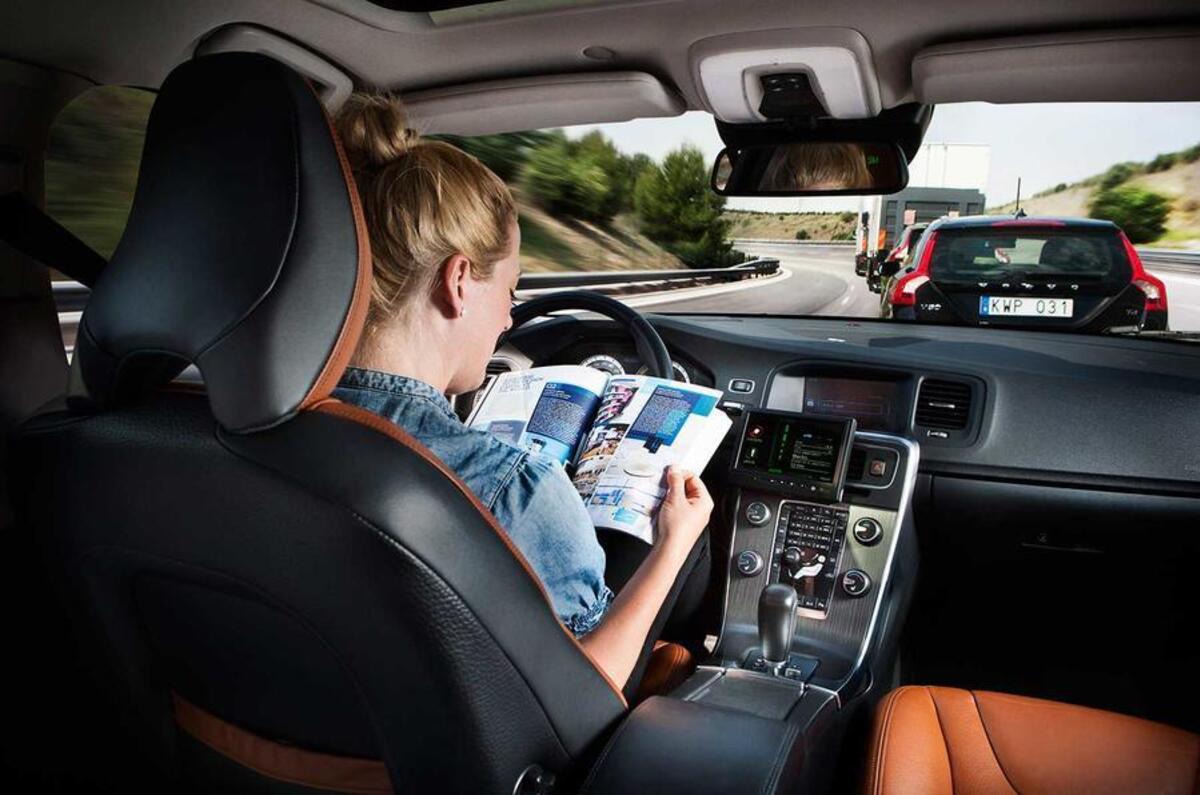A distinction in definition between highly assisted and fully autonomous cars has been established by the Association of British Insurers (ABI), following the recent Automated and Electric Vehicles Bill, which laid the foundations for fully autonomous cars to be insured on British roads.
The ABI recommends the 10 criteria, which establish the minimum requirement of an automated car, to be recognised by the Government and used by insurers.
According to the ABI, a "truly automated vehicle" adheres to the following:
1. Naming: automated capability is clearly described
2. Law-abiding: complies with UK traffic laws and the Highway Code
3. Location-specific: functionality is limited to specific types of roads or areas via geo-fencing
4. Clear handover: transfer of driving control follows a clear ‘offer and confirm’ process
5. Safe driving: vehicle can manage all reasonably expected situations by itself
6. Unanticipated handover: adequate and appropriate notice must be given if the vehicle needs to unexpectedly hand back driving control
7. Safe stop: vehicle executes an appropriate ‘safe stop’ if unable to continue or the driver does not take back control
8. Emergency intervention: vehicles can avoid or prevent an accident by responding to an emergency
9. Back-up systems: safeguards will step in if any systems fail
10. Accident data: records and reports what systems were in use at the time of an accident
This is the first time in the UK that such a definition has been established since the levels of autonomy were published in 2016, outlining the stages of control that can be taken by a car.
Ben Howarth, senior policy advisor for motor and liability at the ABI, said: “The Automated and Electric Vehicles Bill has a broad statutory definition of what an automated car is. That’s fine as far as legislation goes. What we’ve published are the insurance industry’s criteria to follow on to the legislation, and define the difference between automated and non-automated cars.”
These criteria have been put in place both to help the Government define automated cars and help consumers know the difference. This is an important and potentially confusing nuance in an increasingly autonomous car industry, where consumers may not be clear on where and in which cars they can relinquish control.





Add your comment